The 1960s was a decade of cultural revolution, from the British Invasion to Woodstock, from beehive hairdos to bell bottoms. It was also the golden age of celebrity, when stars weren’t just famous—they were cultural icons who shaped how we dressed, what music we listened to, and even how we thought about the world. While some ’60s celebrities remain household names today, others who once dominated magazine covers and television screens have faded from our collective memory. Let’s take a nostalgic trip back to the era of peace signs and protest songs to remember the stars who defined the decade.
1. Twiggy
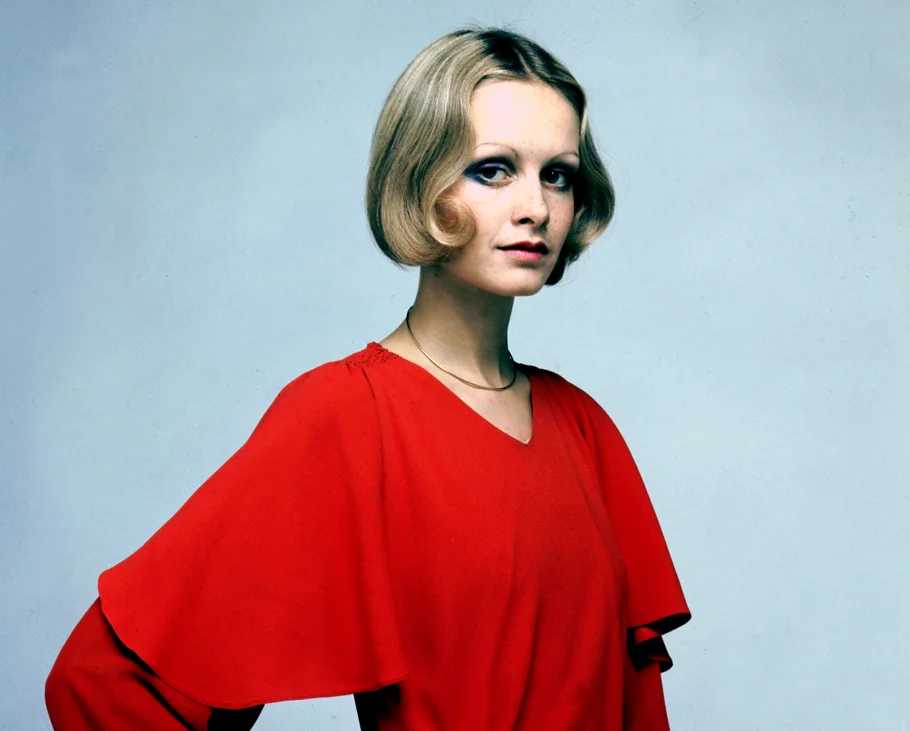
With her pixie haircut, painted-on eyelashes, and impossibly thin frame, Lesley Hornby—better known as Twiggy—revolutionized the modeling world overnight. The British teenager appeared on the cover of virtually every fashion magazine, single-handedly shifting beauty standards away from the curvy silhouettes of the 1950s. Her androgynous look embodied the youth revolution happening in Swinging London and influenced everything from clothing design to makeup trends. WWD also takes a look at Twiggy’s influence as a style icon and the evolution her look went through across the years.
Twiggy’s fame extended far beyond modeling, as she launched a singing career and starred in films like “The Boy Friend” (1971). Unlike many flash-in-the-pan fashion icons, she successfully reinvented herself over the decades as an actress, designer, and television personality. While many younger people might not recognize her name today, Twiggy’s impact on fashion remains profound—the “waif” look that periodically returns to haute couture can trace its lineage directly back to her revolutionary appearance.
2. Paul Anka
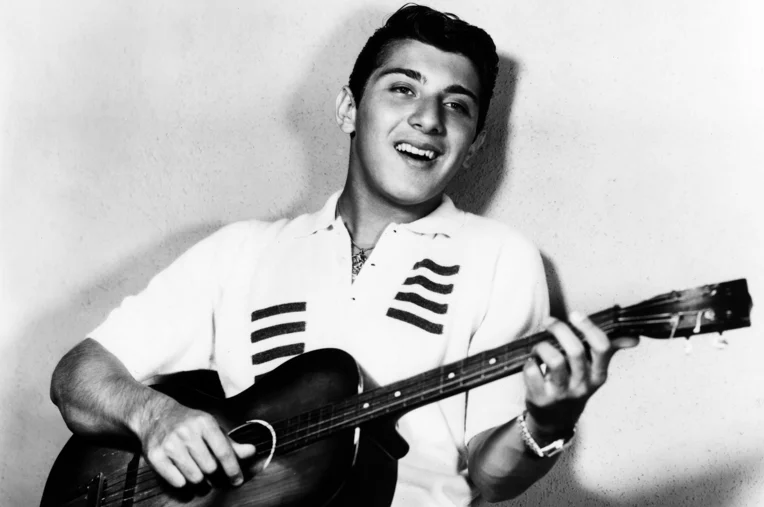
Before The Beatles changed music forever, Canadian-born Paul Anka was the ultimate teen idol with hits like “Diana,” “Lonely Boy,” and “Put Your Head on My Shoulder.” His clean-cut image and romantic ballads made him the perfect heartthrob for the early ’60s transition period between the first wave of rock and roll and the British Invasion. Anka wasn’t just a performer—he was a songwriting prodigy who penned his own hits at a time when most pop stars relied on professional songwriters. As seen on Discogs, his discography is as diverse as it is extensive, showing off how well-rounded his talent is.
What many fans forgot is that Anka seamlessly transitioned from teen idol to adult entertainer, writing Sinatra’s signature song “My Way” and the theme for “The Tonight Show Starring Johnny Carson.” His business savvy was legendary—unlike many stars of his era, he owned his master recordings and publishing rights, ensuring his financial security long after his days on the teen magazine covers ended. Though he may not have the cultural cachet of the rock stars who followed him, Anka’s influence on pop music is immeasurable, and his songs remain standards in the American songbook.
3. Ursula Andress

When Ursula Andress emerged from the Caribbean Sea in “Dr. No” (1962) wearing a white bikini with a knife strapped to her hip, she created one of cinema’s most iconic moments and set the template for the “Bond girl” for decades to come. The Swiss actress’s combination of European sophistication, stunning beauty, and hint of danger made her the ultimate male fantasy of the early ’60s. Her limited English didn’t hinder her career—if anything, her accent only added to her exotic appeal in films like “Fun in Acapulco” with Elvis Presley and “She” where she played an immortal queen. TVInsider puts into perspective just how many areas of entertainment she reigned supreme in, from music to acting to beauty and so much more.
Despite her worldwide fame, Andress never quite achieved the acting career that her contemporaries like Sophia Loren enjoyed. After the ’60s, her roles became fewer and less prominent, though she did make a notable appearance in “Clash of the Titans” (1981) as the goddess Aphrodite—appropriate casting given her status as a beauty icon. Today, while film buffs remember her iconic Bond scene, younger generations might not recognize the name of the woman who once embodied the height of glamour and was considered by many to be the most beautiful woman in the world.
4. The Monkees
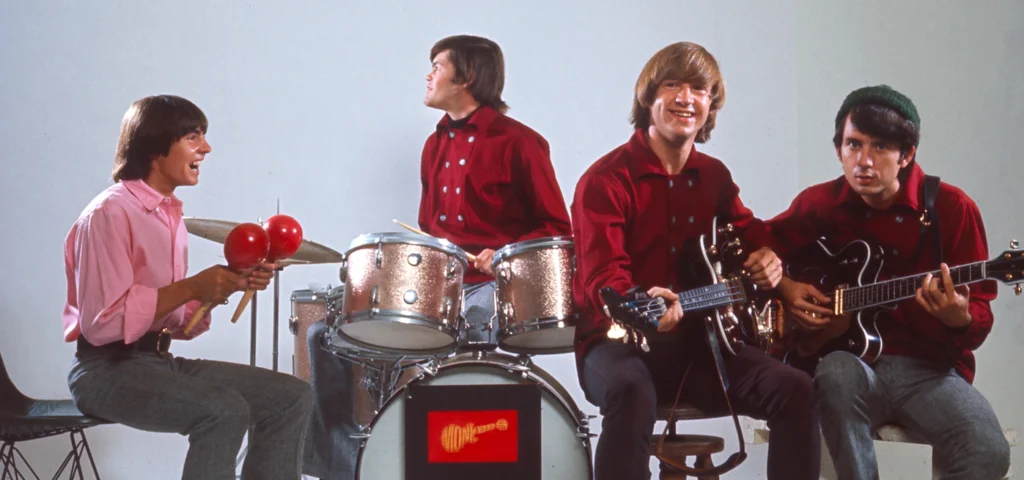
Initially created as America’s answer to The Beatles for a television show, Davy Jones, Micky Dolenz, Peter Tork, and Michael Nesmith transcended their “Prefab Four” origins to become legitimate pop stars. Their catchy hits like “Last Train to Clarksville,” “I’m a Believer,” and “Daydream Believer” dominated the charts, while their zany television show introduced music video techniques that would later become MTV staples. What began as a cynical marketing exercise evolved into something much more significant when the band fought for creative control and began playing their own instruments and writing their own material.
The band’s rebellion against their corporate overlords at NBC and Columbia Records made them unexpected counterculture heroes, particularly after the release of their psychedelic film “Head,” co-written by Jack Nicholson. Though often dismissed as a lightweight pop act, The Monkees pioneered the concept of the manufactured band and eventually proved they had genuine musical talent that extended beyond their television personas. Their influence can be seen in everything from ’70s bubblegum pop to the boy bands of the ’90s, and their music has endured far longer than most critics would have predicted when they were initially dismissed as Beatles imitators.
5. Edie Sedgwick

With her signature pixie cut, chandelier earrings, and black leotards, Edie Sedgwick embodied the intersection of aristocratic privilege and downtown cool that defined Andy Warhol’s Factory scene. As Warhol’s most famous “superstar,” Sedgwick appeared in several of his experimental films and became the original “It Girl”—famous primarily for being famous and for her distinctive style. Her presence in the social scenes of New York made her a constant fixture in gossip columns and fashion magazines, influencing trends despite never having a conventional career as a model or actress.
Sedgwick’s personal struggles with mental health issues and substance abuse cut her time in the spotlight tragically short, as she died of an overdose in 1971 at just 28 years old. Her brief but incandescent fame has been immortalized in books, songs (she reportedly inspired Bob Dylan’s “Just Like a Woman”), and films like “Factory Girl,” ensuring that her cultural impact outlived her brief time as the queen of the underground scene. While her name may not be immediately familiar to younger generations, Sedgwick’s influence can be seen in countless fashion editorials and in the very concept of celebrity that dominates our culture today.
6. Troy Donahue
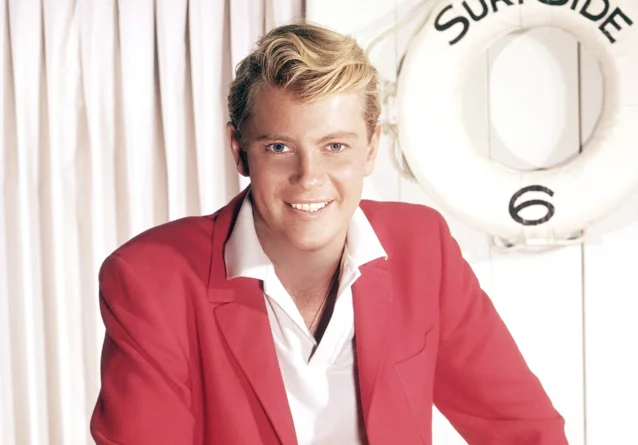
With his wavy blond hair, blue eyes, and all-American good looks, Troy Donahue embodied the clean-cut teen heartthrob ideal of the early 1960s. After his breakthrough in “A Summer Place” (1959), Donahue became Warner Bros.’ go-to young leading man in films like “Parrish,” “Rome Adventure,” and “Palm Springs Weekend.” His popularity was so immense that he received up to 12,000 fan letters a week, and his influence on teen culture extended from hairstyles to fashion.
Unlike many of his contemporaries, Donahue failed to transition to more adult roles as the counterculture movement changed audience tastes in the late ’60s. His career declined precipitously, leading to years of substance abuse problems and bit parts before a minor comeback in Francis Ford Coppola’s “The Godfather Part II” (where he had a small role and inspired the character name “Johnny Fontane”). Once a household name whose blonde hair inspired countless imitations, Donahue is now primarily remembered by film historians and nostalgic Baby Boomers who once pinned his picture to their bedroom walls.
7. Diana Ross & The Supremes
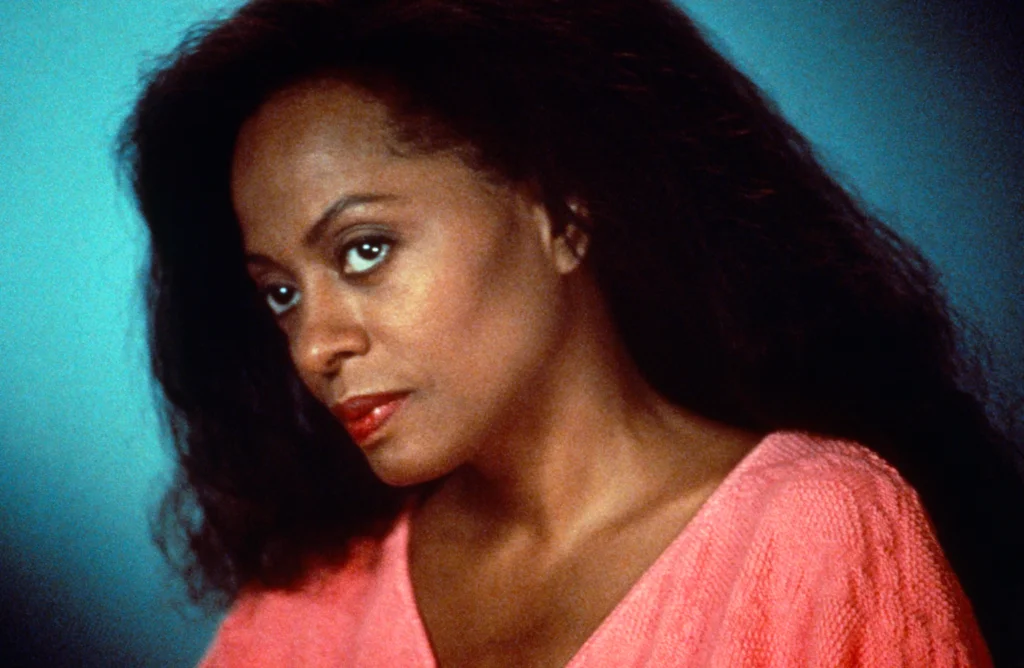
With their perfectly coordinated outfits, sophisticated hairstyles, and glamorous stage presence, Diana Ross and the Supremes broke racial barriers while creating some of the most enduring pop music of the decade. Their string of number-one hits for Motown—including “Where Did Our Love Go,” “Baby Love,” and “Stop! In the Name of Love”—made them the most successful American group of the 1960s. The Supremes weren’t just popular; they were revolutionary, appearing on mainstream television shows and in venues previously closed to Black performers, helping change America’s cultural landscape during the Civil Rights era.
The group’s success came with behind-the-scenes drama as original members Florence Ballard and Mary Wilson were increasingly sidelined to showcase Diana Ross, leading to Ballard’s departure in 1967 and the group being renamed “Diana Ross and the Supremes.” While Ross went on to even greater fame as a solo artist and actress, the contributions of Wilson and Ballard have often been overlooked in popular culture, despite their essential role in the group’s perfect harmonies and groundbreaking success. Though their music remains beloved and frequently appears in films and commercials, many younger listeners might not appreciate just how radical their elegant crossover appeal was in a segregated America.
8. Adam West
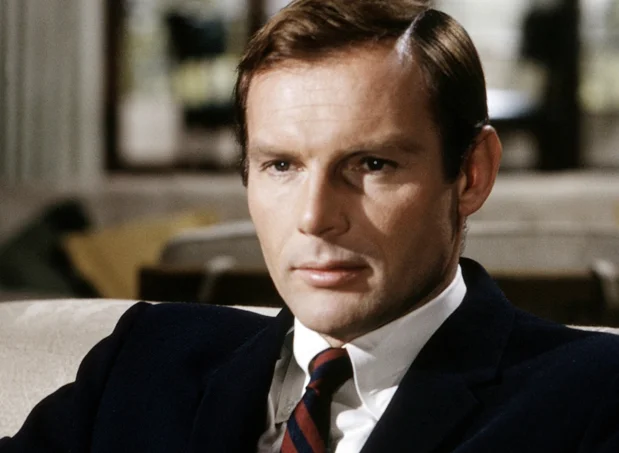
Adam West’s portrayal of Batman in the campy 1960s television series made him one of the most recognizable stars of the decade, even though viewers rarely saw his face behind the cowl. The show’s deliberately over-the-top style, with its “POW!” and “BAM!” fight graphics and West’s deadpan delivery of ridiculous dialogue, made it a pop culture phenomenon that appealed to children and adults on completely different levels. West’s Batman was so definitive that it took decades for audiences and filmmakers to accept a darker interpretation of the character.
After the series ended, West found himself severely typecast, unable to escape the shadow of the Caped Crusader despite his considerable comedic talents. For many years, West struggled to find meaningful work, taking whatever roles he could get while his Batman co-star Burt Ward (Robin) largely retreated from acting. Fortunately, West experienced a career renaissance later in life as a voice actor, most notably as the hilariously self-absorbed “Mayor Adam West” on “Family Guy,” introducing him to a new generation who appreciated his unique style of comedy.
9. Hayley Mills

As Disney’s most successful child star of the 1960s, British actress Hayley Mills charmed audiences worldwide with her performances in family classics like “Pollyanna,” “The Parent Trap,” and “That Darn Cat!” Her wholesome image and natural acting ability made her the ideal young heroine for family films during the Kennedy era. Mills wasn’t just popular—she was a legitimate talent who won a special Juvenile Academy Award and earned praise from critics who normally dismissed Disney live-action films.
Unlike many child stars, Mills successfully navigated the transition to more adult roles, appearing in more mature fare like “The Family Way” and “Endless Night” as she outgrew her Disney contract. After the ’60s, Mills continued acting but never again achieved the massive fame of her teenage years, working primarily in television and theater in the UK. While her Disney films continue to entertain new generations (with “The Parent Trap” receiving a successful remake starring Lindsay Lohan), many people today might not connect the name Hayley Mills to the freckle-faced girl who dominated family entertainment during the decade.
10. Herb Alpert
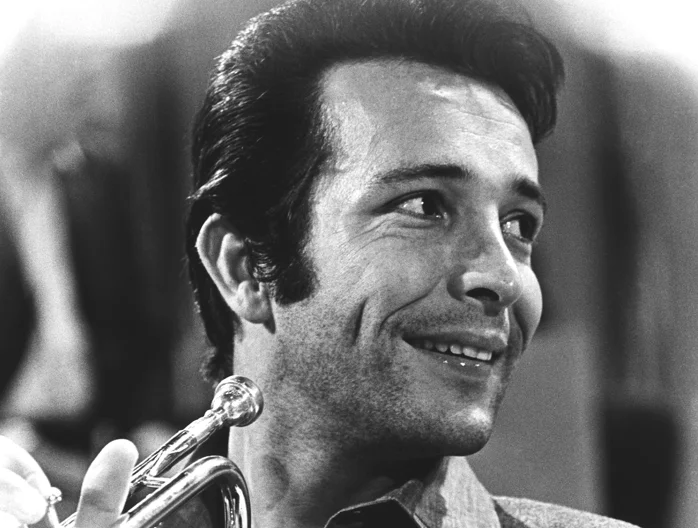
With his Tijuana Brass band, Herb Alpert created a unique sound that blended Mexican mariachi, American pop, and jazz into something instantly recognizable. Albums like “Whipped Cream & Other Delights” (with its suggestive cover art featuring a woman covered in whipped cream) and hits like “A Taste of Honey” and “Spanish Flea” made Alpert’s instrumentals a fixture at parties and on radio stations throughout the ’60s. Beyond his performing success, Alpert co-founded A&M Records, one of the most successful independent labels in music history, signing acts from The Carpenters to Cat Stevens.
Despite selling over 72 million records and winning multiple Grammy Awards, Alpert’s contributions to popular music are often overlooked in modern discussions about the 1960s, which tend to focus on rock and folk artists. His business acumen proved as impressive as his musical talent—when A&M was sold to PolyGram in 1989, Alpert and his partner Jerry Moss received approximately $500 million. Though his distinctive trumpet playing may be more familiar to many people than his name, Alpert’s influence on popular music and the record industry remains profound.
11. Mia Farrow
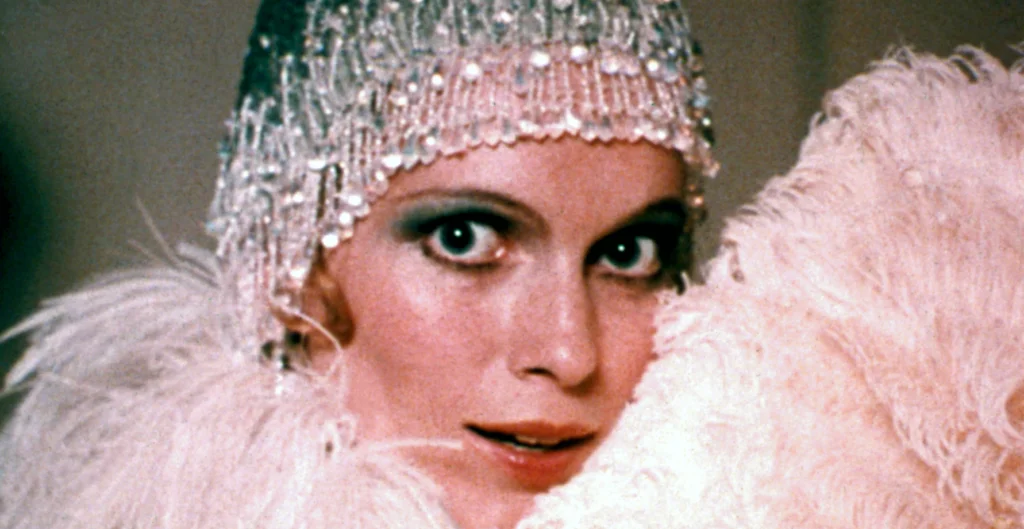
When Mia Farrow cut her long blonde hair into a pixie style for “Rosemary’s Baby” (1968), it made front-page news and influenced women’s hairstyles around the world. Before becoming an acclaimed actress, Farrow was already famous as a fashion icon and for her high-profile marriage to Frank Sinatra, who was 30 years her senior. Her ethereal beauty and delicate features made her perfect for the role of Rosemary, the young woman carrying Satan’s child, cementing her status as one of the most talked-about actresses of the late ’60s.
While Farrow’s relationship with Woody Allen and their subsequent bitter custody battle often overshadows discussions of her career, she delivered remarkable performances in films like “The Great Gatsby,” “Hannah and Her Sisters,” and “Crimes and Misdemeanors.” Beyond her acting career, Farrow became known for her humanitarian work, particularly as a UNICEF Goodwill Ambassador focusing on human rights in Africa. Though younger generations might know her primarily through tabloid stories, Farrow’s significant contributions to film and fashion in the 1960s helped define the look and sensibility of the era.
12. Peter Noone

As the baby-faced lead singer of Herman’s Hermits, Peter Noone was the picture of British charm during the height of the British Invasion. With hits like “I’m Into Something Good,” “Mrs. Brown, You’ve Got a Lovely Daughter,” and “There’s a Kind of Hush,” Herman’s Hermits provided a gentler alternative to the raw energy of The Rolling Stones or the evolving sophistication of The Beatles. Noone’s wholesome image and distinctly British persona made him especially popular with younger teens and their parents, who found him less threatening than many of his rock contemporaries.
Despite selling over 60 million records worldwide, Herman’s Hermits’ contributions to music history have been somewhat minimized in retrospect, often dismissed as lightweight pop compared to their more experimental peers. Noone continued performing after the group’s commercial peak, dabbling in acting and hosting before becoming a successful radio DJ and keeping the Herman’s Hermits name alive on the nostalgia circuit. While the band’s catchy singles still receive oldies radio airplay, many people today might struggle to name the cheerful young man who once rivaled Paul McCartney for space on bedroom walls.
13. Annette Funicello

Beginning the decade as America’s favorite Mouseketeer and ending it as a beach movie queen, Annette Funicello managed the rare feat of growing up in the public eye while maintaining both her popularity and her wholesome image. Her transition from Disney child star to teen idol was carefully managed, with Walt Disney personally requesting that she wear modest swimwear in her beach films with Frankie Avalon, including “Beach Party,” “Muscle Beach Party,” and “Beach Blanket Bingo.” Her sweet personality and genuine talent helped her avoid the scandals that plagued many young performers.
Unlike many of her contemporaries, Funicello stepped back from performing at the height of her fame to focus on raising her family, making occasional appearances but never seeking to reinvent herself as a serious actress. Her later revelation that she had been diagnosed with multiple sclerosis, a condition she battled publicly until her death in 2013, brought renewed attention to her courage and dignity. While younger generations might not immediately recognize her name, Funicello represented an ideal of American girlhood that influenced everything from fashion to behavior for millions of young women coming of age in the 1960s.
The celebrities who defined the 1960s reflect the decade’s dramatic cultural shifts—from clean-cut teen idols like Troy Donahue and Annette Funicello at the decade’s start to counterculture figures like Edie Sedgwick by its end. What’s fascinating is how fame itself was changing during this period; television brought stars into our living rooms, magazines documented their every move, and the concept of the modern celebrity was born. Whether their stars have remained bright or faded with time, these icons collectively created the template for celebrity culture that continues to fascinate us today.


